Enter thermal scopes, the cutting-edge technology that grants you the power to do just that. Unlike traditional night vision scopes, which rely on amplifying ambient light, thermal scopes detect minute differences in heat signatures emitted by objects, animals, or even humans. This revolutionary capability allows users to navigate, hunt, and surveil with unparalleled clarity in even the most challenging low-light conditions. Imagine being able to spot a camouflaged deer, track the movements of a suspect fleeing under the cover of darkness, or locate a lost hiker in the dead of night—all achievable feats with the aid of thermal scopes.
Understanding Thermal Scopes
A. Core Technology:
Thermal scopes operate on a simple yet sophisticated principle: detecting and visualizing heat signatures emitted by objects. Instead of relying on visible light like traditional scopes, thermal scopes utilize a specialized sensor called a microbolometer. This sensor detects infrared radiation, or heat, emitted by objects in the environment. Each object emits a unique amount of heat, depending on its temperature, and this variance is captured by the microbolometer.
Once the heat signatures are detected, they are converted into an electronic signal and processed by the thermal scope’s internal computer. The computer then translates this data into a visual image, displaying hot objects as bright spots and cooler objects as darker areas. This real-time thermal imaging allows users to see in complete darkness and through various obstructions like smoke, fog, or foliage, providing invaluable situational awareness in low-light conditions.
B. Key Features to Consider:
Resolution: Resolution refers to the clarity and detail of the thermal image displayed by the scope. Higher resolution translates to sharper images and better target identification, especially at longer distances. When choosing a thermal scope, consider the resolution that suits your needs, balancing image clarity with budget constraints.
Magnification: Magnification determines how close you can zoom in on a target, but it also affects the field of view (FOV). Higher magnification allows for precise target identification at greater distances but may narrow the FOV, making it harder to track moving targets. Consider the balance between magnification and FOV based on your intended use, whether it’s hunting, surveillance, or search and rescue.
Detection Range: The effective detection range of a thermal scope depends on factors like sensor sensitivity, lens quality, and environmental conditions. Understanding the detection range helps you gauge the scope’s performance in different scenarios, whether you’re scanning vast open terrain or navigating cluttered urban environments.
Battery Life: Battery life is crucial for prolonged use, especially during extended missions or overnight hunting trips. Look for thermal scopes with long-lasting rechargeable batteries or compatibility with external power sources like power banks or solar panels to ensure uninterrupted operation in the field.
Durability and Weatherproofing: Opt for thermal scopes built to withstand the rigors of outdoor use, including shock resistance, waterproofing, and resistance to extreme temperatures. A rugged construction ensures reliable performance in harsh environments, whether you’re braving heavy rain, snow, or rough terrain.
Warranty and Customer Support: A solid warranty and responsive customer support are invaluable in case of technical issues or product defects. Choose reputable brands that offer comprehensive warranties and reliable customer service to safeguard your investment and address any concerns promptly.
By considering these key features, you can make an informed decision when selecting a thermal scope that meets your specific needs and budget, ensuring enhanced visibility and performance in low-light conditions.
Enhancing Content on Thermal Scopes
After conducting a Search Engine Results Page (SERP) analysis, it’s evident that there are several areas where existing content on thermal scopes can be improved upon to better serve the needs of the audience. Let’s delve into these aspects:
Real-World Use Cases:
Existing content often lacks in-depth exploration of real-world scenarios where thermal scopes prove invaluable. By incorporating compelling use cases, such as testimonials from hunters, law enforcement officers, or search and rescue teams, readers can better understand the practical applications of thermal scopes. Personal anecdotes or case studies detailing successful missions, wildlife encounters, or emergency rescues add authenticity and relevance to the content.
Budget Considerations:
While some content touches upon the features of thermal scopes, there’s a gap in addressing budget considerations. Providing guidance on selecting a thermal scope that offers the best value for money is crucial. This could involve discussing budgeting strategies, such as prioritizing essential features based on intended use and identifying potential trade-offs between affordability and performance. Practical tips on where to find affordable options or how to leverage discounts and promotions would also be valuable to readers on a budget.
Comparative Analysis:
A comparative analysis of different thermal scopes within specific budget ranges can aid readers in making informed purchasing decisions. Presenting objective comparisons through tables or charts that highlight key specifications, such as resolution, magnification, detection range, battery life, and durability, alongside their respective price points, helps readers evaluate the value proposition of each scope. Emphasizing factors like warranty coverage, customer support, and user feedback can further enrich the comparative analysis.
User Reviews and Testimonials:
Incorporating quotes or summaries from credible user reviews provides readers with authentic insights into the performance and usability of various thermal scopes. Leveraging testimonials from experienced users or professionals in relevant fields adds credibility and helps potential buyers gauge the real-world effectiveness of different models. Additionally, featuring user-generated content, such as photos or videos captured using thermal scopes, enhances engagement and trust among readers.
By addressing these gaps and incorporating additional information and perspectives, content on thermal scopes can become more comprehensive, actionable, and valuable to the target audience.
Top Thermal Scopes for the Money
A. Selection Criteria:
When selecting the top thermal scopes for the money, we considered a range of factors to ensure that each recommendation offers excellent value and performance. These factors include:
Balance of Features: We looked for thermal scopes that strike a balance between essential features like resolution, magnification, detection range, and battery life, ensuring optimal performance in various scenarios.
Price Point: While affordability is a key consideration, we also prioritized scopes that deliver significant features and performance relative to their price, offering the best value for the money.
User Reviews: We incorporated feedback from real users to gauge the overall satisfaction and performance of each thermal scope, ensuring that our recommendations are based on practical experiences.
Brand Reputation: We considered the reputation and track record of the brands behind the thermal scopes, prioritizing trusted manufacturers known for quality, reliability, and customer support.
Product Recommendations:
Pulsar Thermion Thermal Riflescope
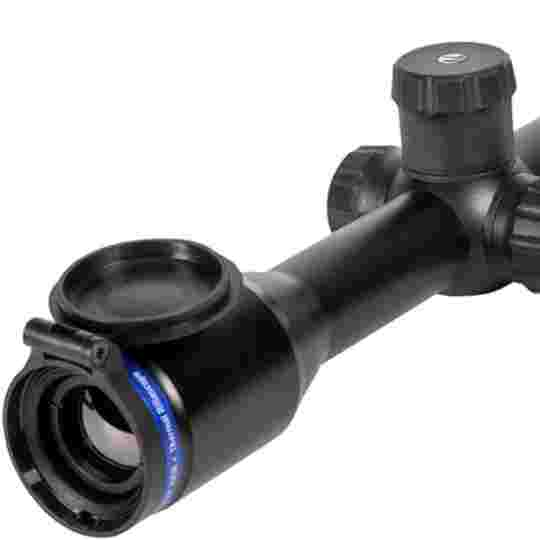
The Pro xb50 LRF is a high-performance thermal imaging rifle scope that stands out with its advanced features, designed to offer a superior night vision hunting experience. Unlike traditional night vision scopes that rely on ambient light, the Pro xb50 LRF uses thermal imaging to detect heat signatures, providing clear visibility even in complete darkness.
Background
My journey with thermal scopes began during my bush pig hunts in the rugged terrains of KwaZulu-Natal. Over the years, I’ve had the opportunity to use various models, including the ATN Mars and Pulsar Trail thermal scopes. This extensive experience has given me a solid foundation for evaluating the Pro xb50 LRF.
Selection Criteria
When choosing the Pro xb50 LRF, several key factors influenced my decision:
Quick and Effective Target Ranging: The need for precise and rapid target distance measurement was paramount.
Advanced Features: I was looking for a scope that offered not just thermal imaging but also additional functionalities like rangefinding.
Features and Performance
The Pro xb50 LRF is packed with features designed to enhance hunting efficiency and accuracy:
- Range Finder: One of the standout features is the integrated rangefinder, which provides accurate target distance measurements. This feature is crucial for making precise shots, particularly in varying terrains and distances.
- Menu Navigation: The scope offers a user-friendly interface for adjusting settings such as contrast, brightness, and sensitivity. This customization allows for optimal image quality based on different environmental conditions.
- Reticle Designs and Color Modes: Hunters can choose from various reticle designs and color modes, allowing for personalized preferences and better target acquisition.
- Dual-Battery System: The scope includes a dual-battery system, ensuring extended use during prolonged hunting sessions without the worry of running out of power.
- Build Quality: Manufactured in the UK, the Pro xb50 LRF boasts high-quality construction and durability. The robust design can withstand the harsh conditions often encountered during hunts.
- Optical Features: Equipped with a 50mm objective lens, flip cap, and focus knobs, the scope delivers optimal performance with clear and sharp imagery.
- Rangefinder Module: While the rangefinder module adds some weight and size to the scope, the enhancement in capability it provides is well worth the trade-off.
Practical Applications
The Pro xb50 LRF excels in various hunting scenarios, particularly in pest control and night hunting. The ability to detect heat signatures from animals in the dark gives hunters a significant advantage, allowing for efficient and effective target acquisition.
Personal Recommendation
Based on my extensive experience with thermal imaging technology, I can confidently recommend the Pro xb50 LRF. It has proven to be an indispensable tool, significantly enhancing my hunting success and accuracy. The combination of advanced features, reliable performance, and quality construction makes it a top choice for any serious hunter.
The Pro xb50 LRF thermal imaging rifle scope is a game-changer in the realm of night vision hunting. Its advanced features, coupled with robust build quality, ensure it meets the demands of modern hunters. Whether for pest control or general hunting, this scope offers a level of precision and efficiency that sets it apart from traditional options. If you’re looking for a reliable, high-performance thermal scope, the Pro xb50 LRF is an excellent investment.
FLIR Scout TK – Compact Thermal
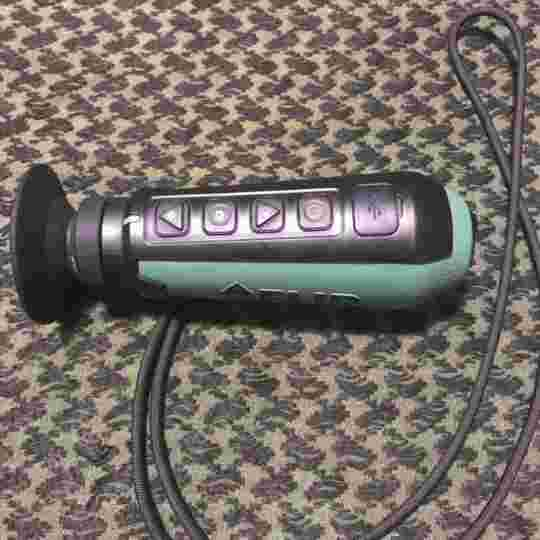
- Overview: Introduction to the Pro XB50 LRF as a high-performance thermal imaging rifle scope with advanced features.
- Purpose: Discuss its primary use for night vision hunting and the advantages it offers over traditional night vision scopes.
- Personal Background: Briefly mention your extensive hunting experience, including past use of thermal scopes like the ATN Mars and Pulsar Trail, and the specific hunting context (bush pigs in Kwazulu-Natal).
Selection Criteria
- Need for Quick Target Ranging: Explain the criteria for selecting the Pro XB50 LRF, emphasizing the necessity of quick and effective target ranging.
- Features Overview: Introduce the key features that influenced your choice, such as the rangefinder for accurate target distance measurement.
Design and Build Quality
- Construction: Discuss the scope’s construction, highlighting that it is made in the UK, ensuring quality and durability.
- Physical Attributes: Describe the 50mm objective lens, flip cap, and focus knobs, detailing how these components contribute to the scope’s overall performance.
- Dual-Battery System: Explain the benefits of the dual-battery system for extended field use.
Features and Functionality
- Range Finder: Detail the range finder module, noting its impact on size and weight but also how it enhances the scope’s capabilities.
- Menu Navigation: Provide an overview of the menu navigation, including settings for contrast, brightness, and sensitivity adjustment.
- Customization Options: Discuss the various reticle designs and color modes available for customization.
- Performance: Share your experiences with the scope’s performance in different scenarios, particularly for pest control and hunting.
Comparison with Other Scopes
- Previous Scopes: Briefly compare the Pro XB50 LRF to other thermal scopes you’ve used, such as the ATN Mars and Pulsar Trail.
- Advantages: Highlight the specific advantages of the Pro XB50 LRF over these models, particularly in terms of target acquisition and tracking efficiency.
Practical Use Case
- Real-World Application: Share a detailed story from one of your hunts where the Pro XB50 LRF made a significant difference.
- Initial Situation: Describe the hunting environment and initial challenges faced.
- Thermal Scope Utilization: Explain how the thermal scope was employed to overcome these challenges.
- Outcome: Conclude with the positive outcomes, such as successfully tracking and acquiring targets.
Pros and Cons
- Pros: List the advantages, such as:
- High-performance thermal imaging
- Accurate range finder
- Durable build quality
- Extended battery life
- Customizable reticle designs and color modes
- Cons: Mention any drawbacks, including:
- Increased size and weight due to the range finder module
- Complexity in menu navigation for beginners
- Overall Impression: Summarize your overall impression of the Pro XB50 LRF, highlighting its reliability and effectiveness for night hunting.
- Recommendation: Provide a personal recommendation based on your positive experiences with thermal imaging technology, emphasizing the scope’s indispensable role in enhanced hunting and target acquisition.
- Future Use: Briefly discuss any future applications you foresee for the Pro XB50 LRF in your hunting activities.
- Advice for Buyers: Offer practical advice for potential buyers on what to consider when choosing a thermal scope, based on your experiences.
This detailed structure ensures a comprehensive and informative review, covering all critical aspects of the Pro XB50 LRF thermal scope.
ATN Thor LT Thermal Rifle Scope
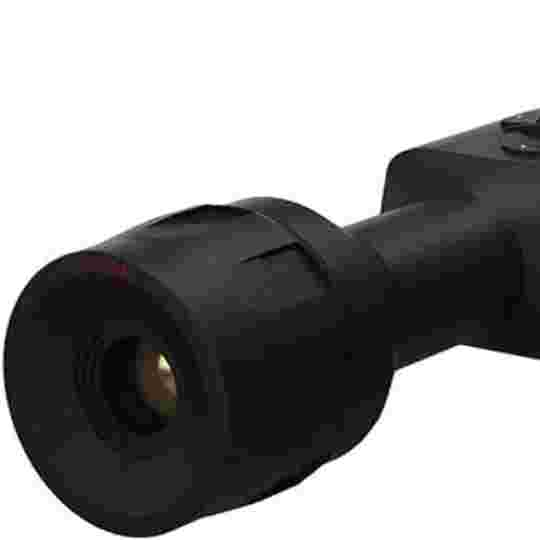
Thermal imaging technology has revolutionized night hunting, making it accessible for enthusiasts and professionals alike. The ATN ThOR LT thermal rifle scope brings thermal technology to a broader audience with an impressive blend of performance and affordability. In this review, we’ll delve into its features, practical use, and overall value, highlighting why it stands out in the budget thermal scope category.
Selection Criteria
Finding a thermal scope that fits both a high-value and budget-friendly mold can be challenging. The ATN ThOR LT, particularly the model with a 320 sensor and 2-4x zoom, meets this need. This scope is available on OpticsPlanet for approximately $1,500, making it one of the more affordable options in the thermal imaging market.
Design and Build Quality
- Construction: The ATN ThOR LT features a robust and weather-resistant build, designed to withstand light rain and adverse conditions.
- Physical Attributes: The scope is compact and lightweight at 1.4 pounds, with a 30mm standard ring setup, allowing versatile mounting options.
- Battery Life: It boasts an impressive 10-hour battery life, recharged via USB Type-C, ensuring prolonged use in the field.
Features and Functionality
- Thermal Imaging: Unlike night vision, the ThOR LT does not require ambient light or IR illuminators, relying solely on heat signatures to provide a clear image.
- Ease of Use: The scope is user-friendly, with simple controls for powering on, adjusting brightness, and navigating settings. It features a digital reticle that simplifies the sighting-in process.
- Performance: Ideal for 200 yards and under, this scope is perfect for night hunting varmints like coyotes. It effectively distinguishes different parts of an animal, ensuring clear target identification.
Practical Use Case
In practical applications, the ThOR LT has proven to be reliable and effective. Mounted on both a 9mm and a .223 caliber rifle, it withstood recoil without any issues. The quick-detach mount included with the scope adds to its versatility, allowing for easy transitions between different firearms.
Pros and Cons
- Pros:
- Affordable entry-level price
- Compact and lightweight design
- User-friendly controls and easy sight-in process
- Clear thermal imaging up to 200 yards
- Versatile mounting options and long battery life
- Cons:
- No built-in recording feature
- Somewhat limited zoom range (2-4x)
- Challenges with attaching external cameras for recording
The ATN ThOR LT is an excellent choice for hunters looking to venture into thermal imaging without breaking the bank. Despite the absence of a recording feature, it excels in delivering clear thermal images and ease of use. This scope offers significant value, especially for varmint hunters and those new to thermal technology.
For those considering a thermal rifle scope, the ATN ThOR LT presents a compelling option. It combines affordability with essential functionality, making it an ideal entry point into thermal imaging. As technology advances, we can expect even more features and improvements in future models, but the ThOR LT sets a high standard for budget-friendly thermal scopes.
FAQs
What’s the difference between a thermal scope and a night vision scope?
Both help you see in low-light conditions, but thermal scopes detect heat signatures, working even in complete darkness. Night vision scopes rely on ambient light or illumination, making them less effective in total darkness.
How much should I expect to spend on a good thermal scope?
Thermal scopes range widely in price, from a few thousand dollars to tens of thousands. This blog post focuses on finding the “best value” options, balancing features with affordability. Consider your budget and prioritize the features most important for your needs.
What are some key things to consider when choosing a thermal scope for the money?
Resolution, magnification, detection range, battery life, durability, and warranty are all crucial factors. This blog post will delve deeper into each of these aspects and offer recommendations for budget-conscious buyers.
Conclusion
In this review, we explored the ATN ThOR LT thermal rifle scope, emphasizing its blend of performance and affordability. Key points included its robust design, user-friendly functionality, and effective thermal imaging capabilities up to 200 yards. We highlighted its pros, such as the compact and lightweight build, easy sight-in process, and versatile mounting options, along with its cons, including the lack of a recording feature and limited zoom range. The ThOR LT stands out as an excellent entry-level thermal scope, offering significant value for hunters new to thermal technology.
Call to Action
If you’re considering enhancing your night hunting experience with thermal imaging, the ATN ThOR LT is a compelling option that balances quality and cost. Evaluate your specific needs and budget to ensure this scope aligns with your hunting requirements. Ready to take the next step? Visit OpticsPlanet to explore the ATN ThOR LT and other models available, and don’t forget to use the discount code 704 TAC for additional savings. Equip yourself with the right thermal scope and elevate your hunting adventures to new heights.
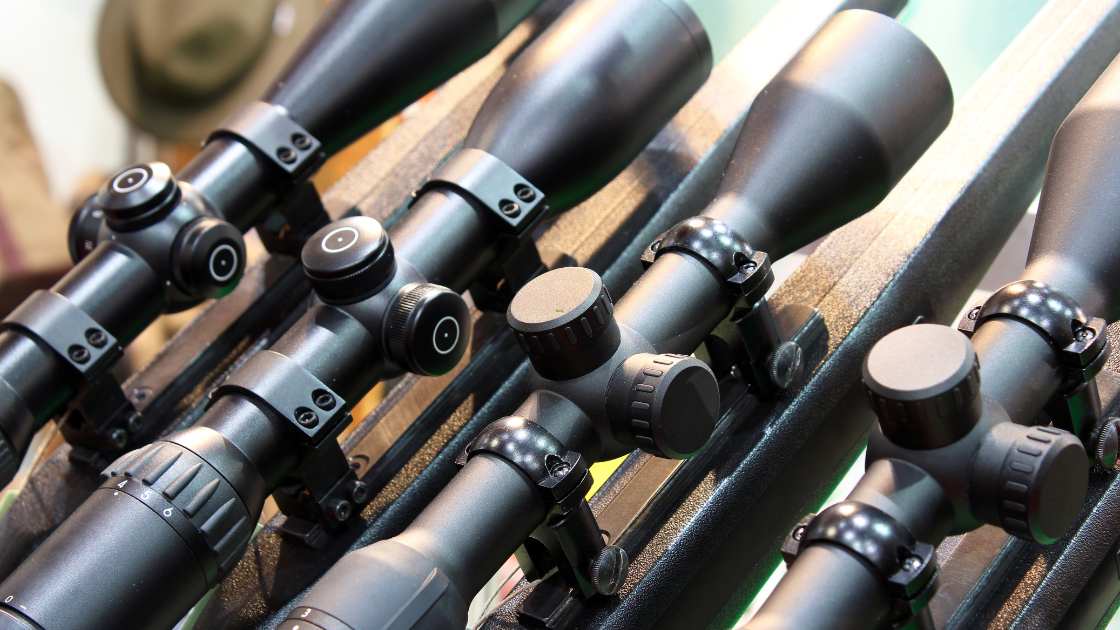







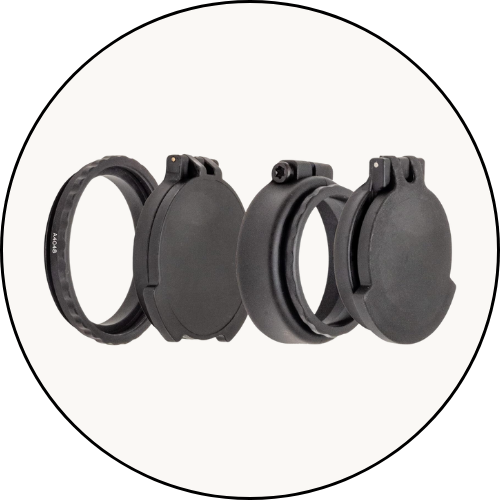

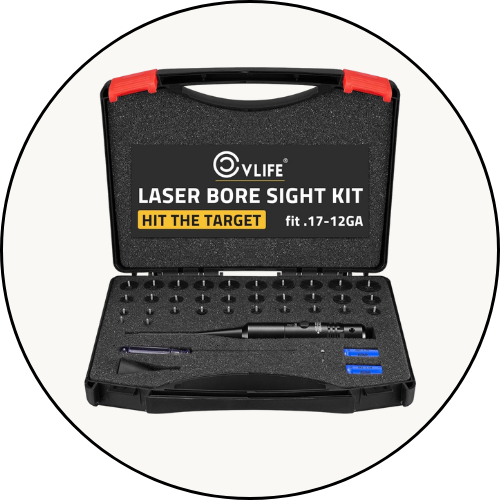


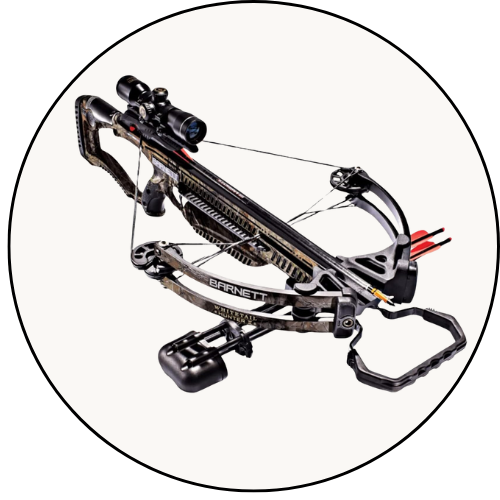

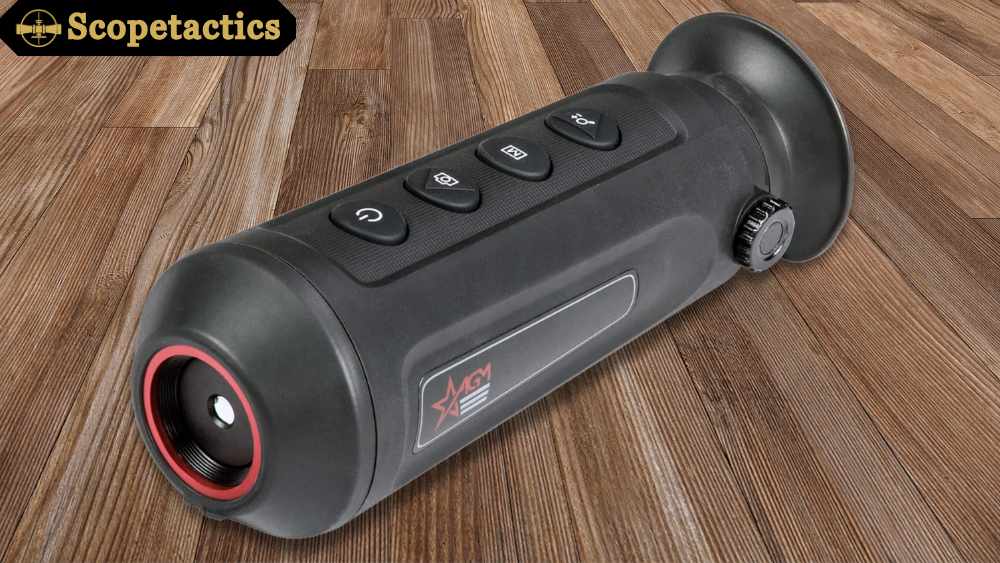
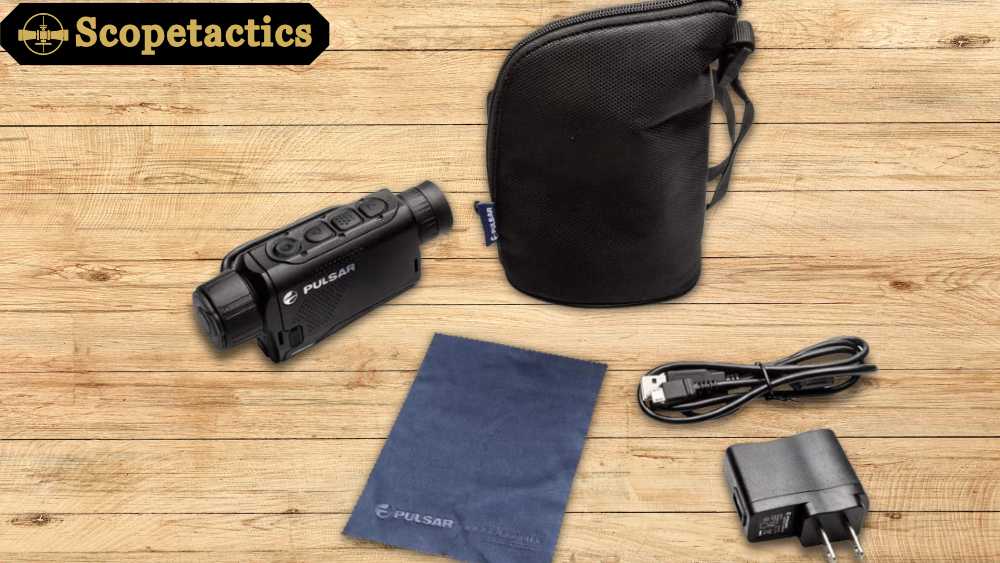
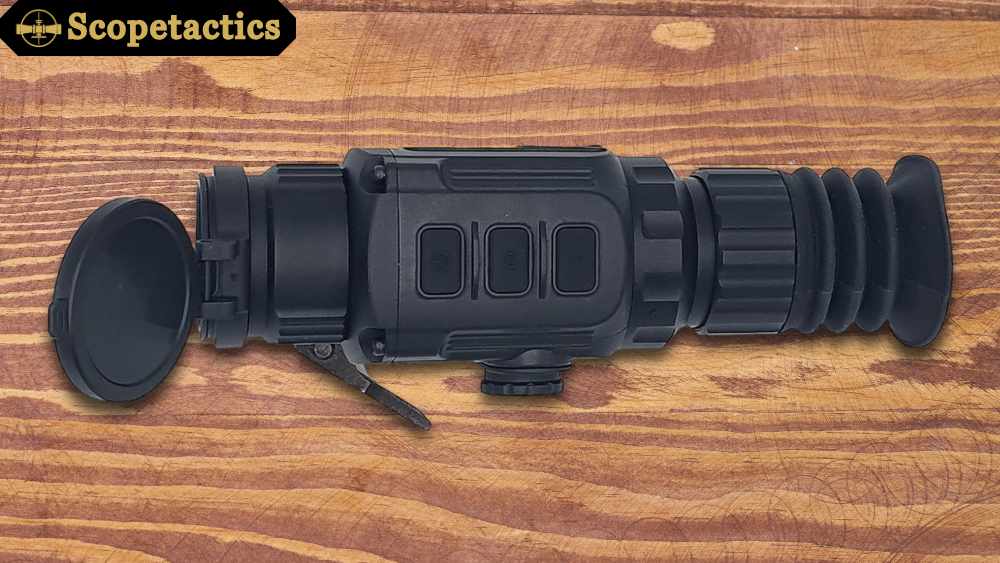
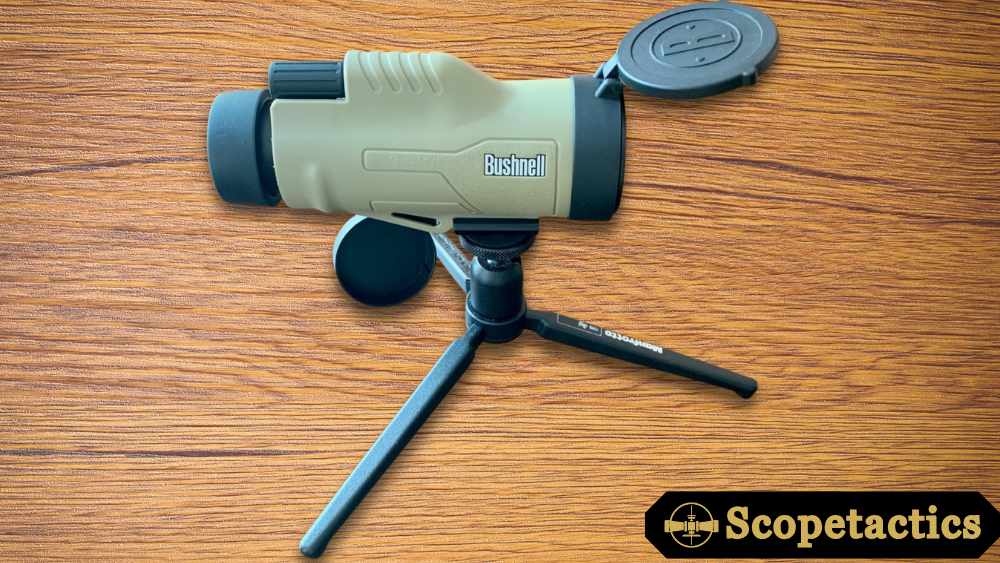
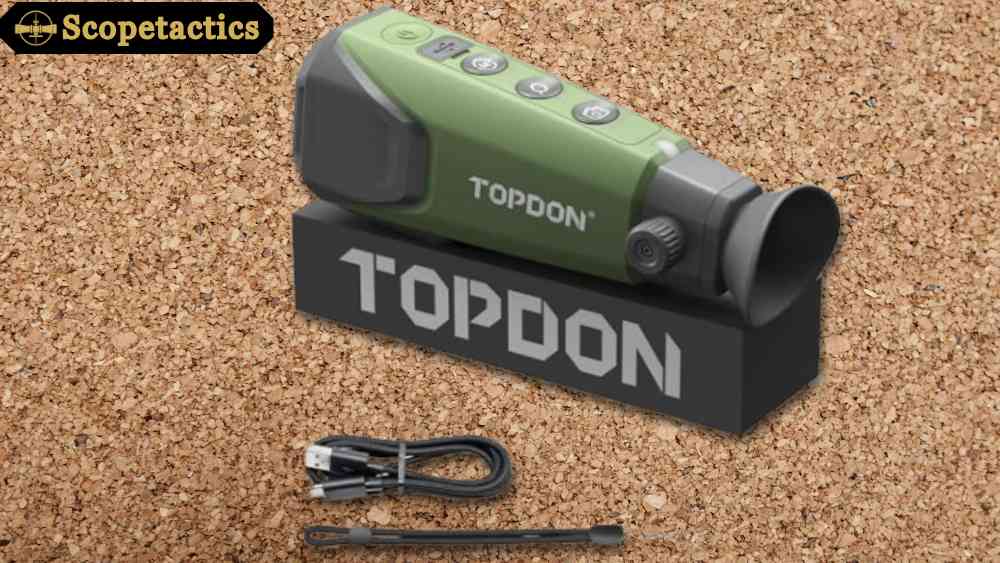
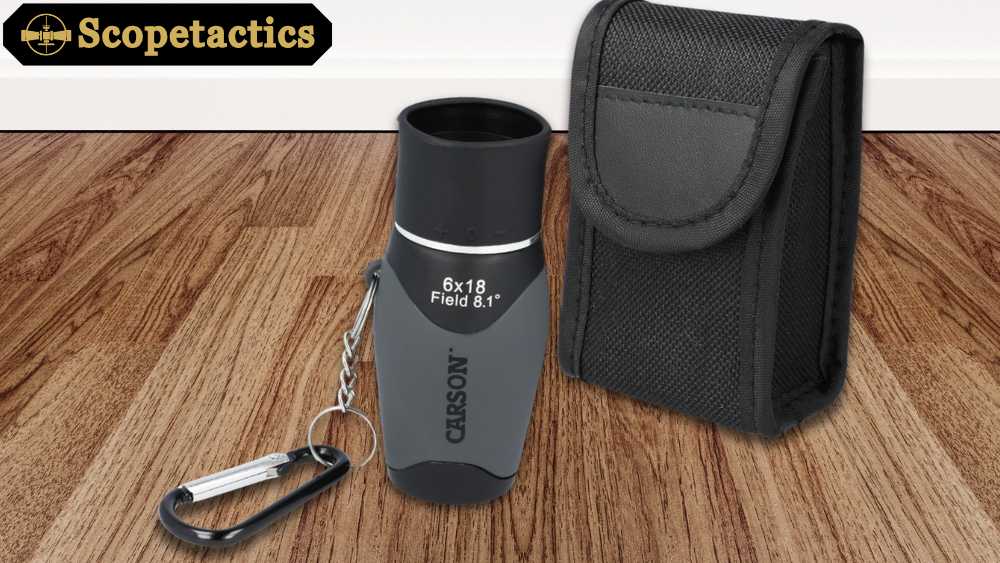
Leave a Reply